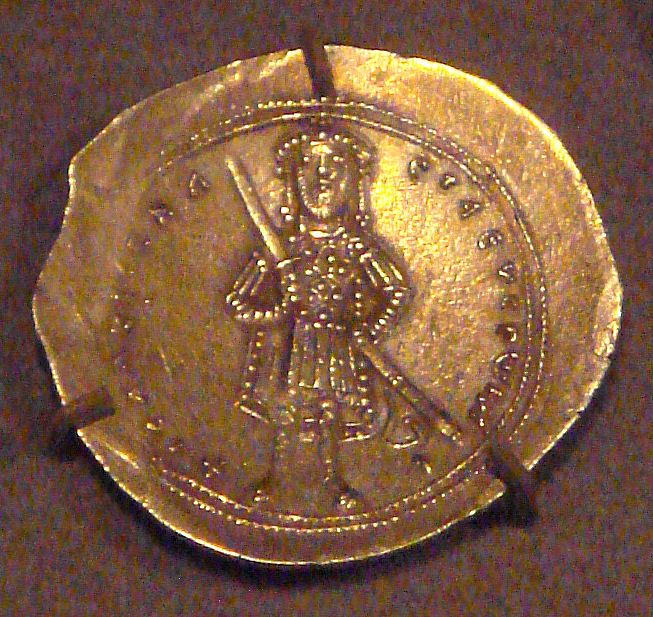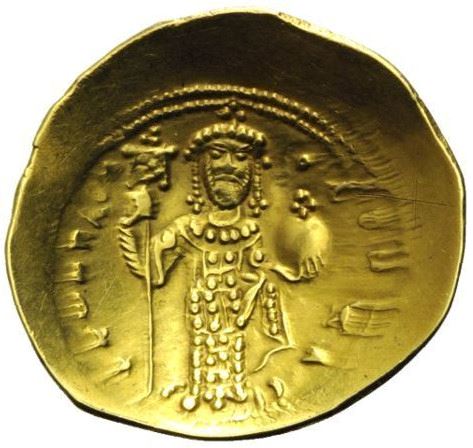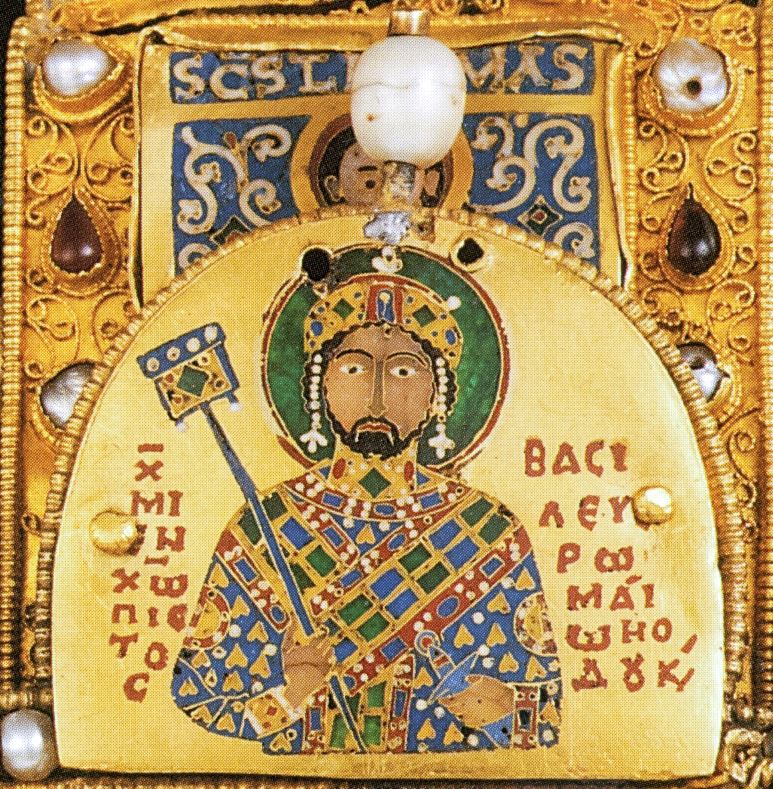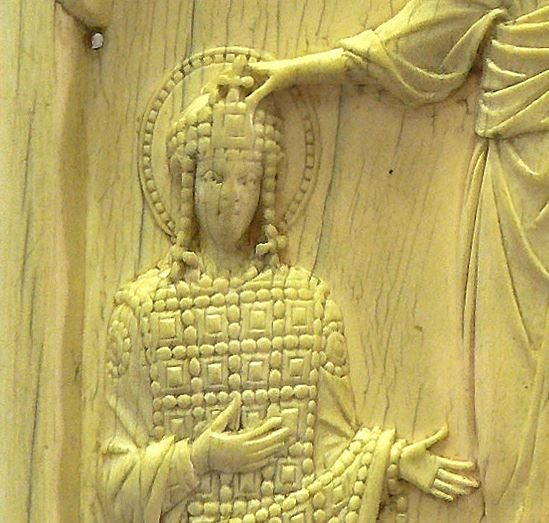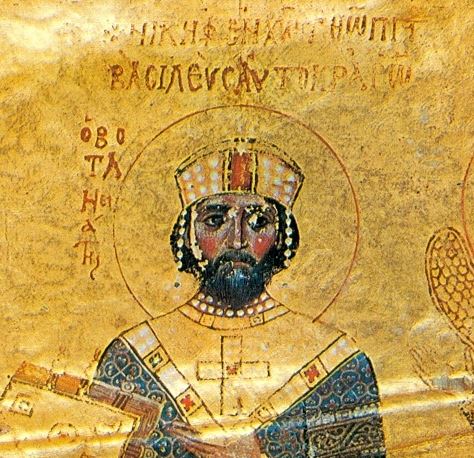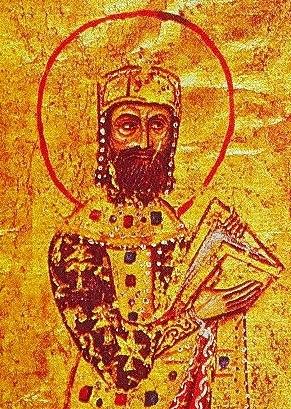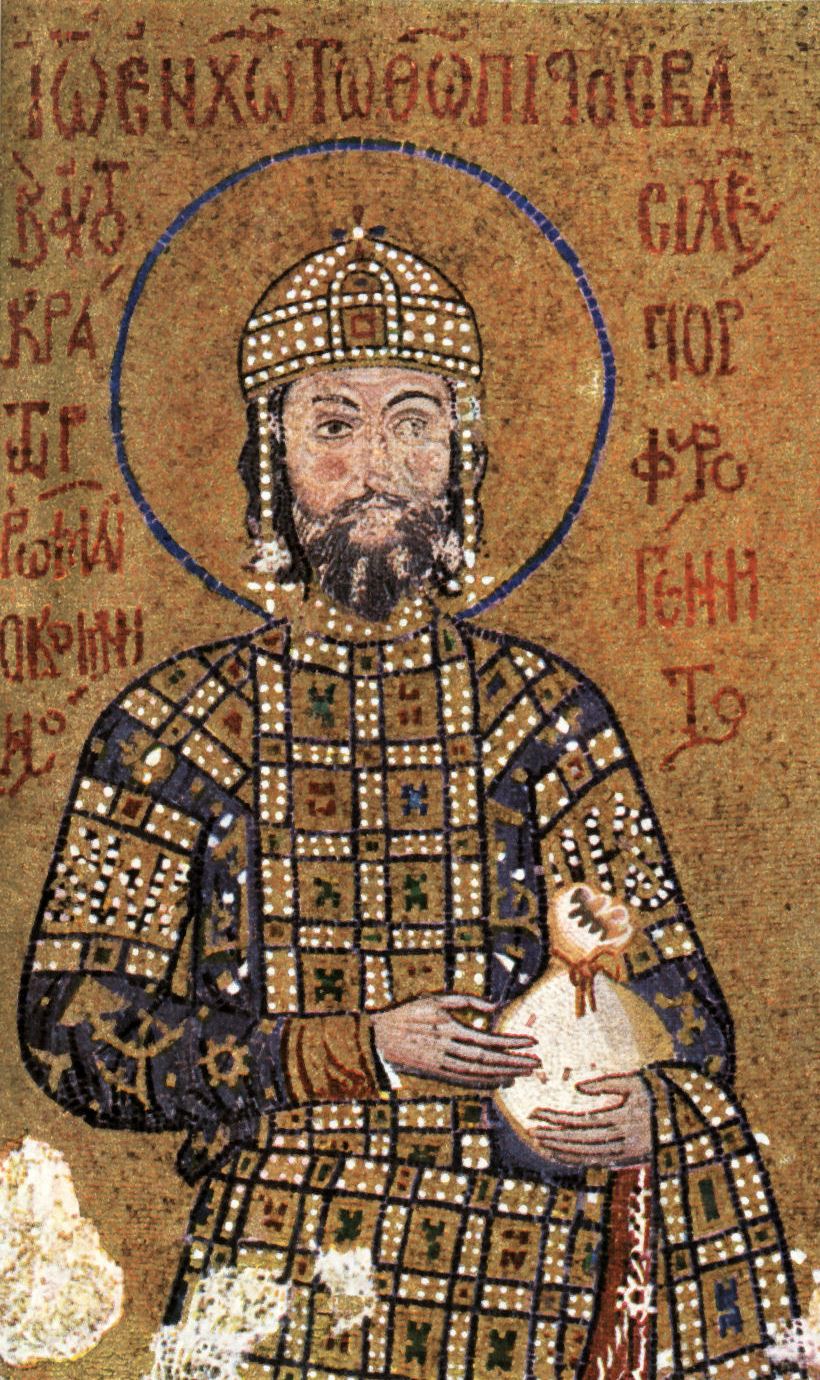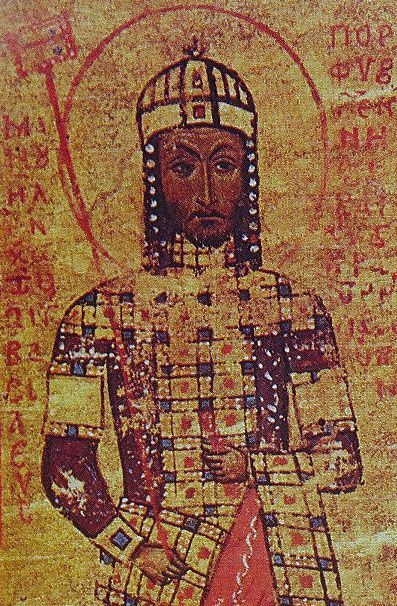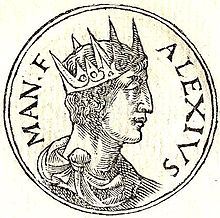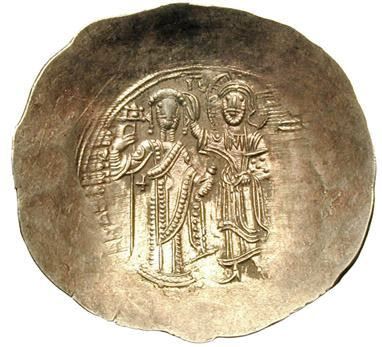After the Macedonian dynasty, the Empire fell into a period of difficulties due to an outdated military model relying on mercenaries, and a series of threats by new enemies. In southern Italy, the Normans conquered the Byzantine lands and established a Kingdom of Sicily in 1130. In Anatolia the Seljuq Turks advanced and dealt Emperor Romanos IV a crushing defeat in 1071, which enabled them to conquer all of Anatolia.
This complete fragmentation, however, was followed by the last strong Byzantine dynasty; the Komnenids. The five Komnenid Emperors presided over a sustained (but ultimately incomplete) restoration of the military, territory, economy, and political strength of the Byzantine Empire. It was during the Komnenid Emperor Alexios I that the First Crusade was initiated, and John II and Manual I played important parts during the Second Crusade.
After close to a century of rising fortunes, however, the Komnenid dynasty ended in a succession crisis and a popular revolt, after which a combination of gross incompetence and bitter infighting amongst the elite cause Byzantium to permanently lose financial and military supremacy.
This complete fragmentation, however, was followed by the last strong Byzantine dynasty; the Komnenids. The five Komnenid Emperors presided over a sustained (but ultimately incomplete) restoration of the military, territory, economy, and political strength of the Byzantine Empire. It was during the Komnenid Emperor Alexios I that the First Crusade was initiated, and John II and Manual I played important parts during the Second Crusade.
After close to a century of rising fortunes, however, the Komnenid dynasty ended in a succession crisis and a popular revolt, after which a combination of gross incompetence and bitter infighting amongst the elite cause Byzantium to permanently lose financial and military supremacy.
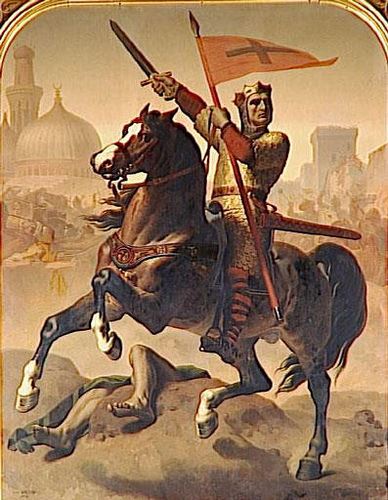
Isaac I was Byzantine Emperor from 1057 to 1059, the first reigning member of the Komnenos dynasty. During his brief reign he attempted to restore the depleted finances of the empire and the former strict organization of the government.
Isaac became emperor following a revolt against his predecessor, Michael VI. The first act of the new emperor was to reward his noble partisans with ap...
Isaac became emperor following a revolt against his predecessor, Michael VI. The first act of the new emperor was to reward his noble partisans with ap...
Constantine X was emperor of the Byzantine Empire from 24 November 1059 to 22 May 1067.
The new emperor quickly included two of his young sons with the throne, appointed his brother John Doukas as kaisar (Caesar), and embarked on a policy favorable to the interests of the court bureaucracy and the church. Severely undercutting the training and financial support for the armed forces, Con...
The new emperor quickly included two of his young sons with the throne, appointed his brother John Doukas as kaisar (Caesar), and embarked on a policy favorable to the interests of the court bureaucracy and the church. Severely undercutting the training and financial support for the armed forces, Con...
Michael VII was Byzantine emperor from 1071 to 1078. He was associated with his father on the throne late in 1059, together with or shortly before his newly born brother Konstantios Doukas.
When Constantine X died in 1067, Michael VII was 17 years old and should have been able to rule by himself. He exhibited little interest in politics, however, and his mother Eudokia and uncle John D...
When Constantine X died in 1067, Michael VII was 17 years old and should have been able to rule by himself. He exhibited little interest in politics, however, and his mother Eudokia and uncle John D...
Romanos IV was a member of the Byzantine military aristocracy who, after his marriage to the widowed empress Eudokia Makrembolitissa, was crowned Byzantine emperor and reigned from 1068 to 1071.
During his reign he was determined to halt the decline of the Byzantine military and to stop Turkish incursions into the Byzantine Empire. However, it was soon evident that while Romanos posses...
During his reign he was determined to halt the decline of the Byzantine military and to stop Turkish incursions into the Byzantine Empire. However, it was soon evident that while Romanos posses...
Nikephoros III was Byzantine emperor from 1078 to 1081. He was born in c. 1002, and became a general during the reign of Constantine X. He backed Isaac I Komnenos in his successful attempt to seize the throne, serving a prominent role during the Battle of Petroe. In 1078, he revolted against Emperor Michael VII, claiming the throne for himself, with the support of the Seljuk Turks.
Afte...
Afte...
Alexios I was Byzantine emperor from 1081 to 1118. Although he was not the founder of the Komnenian dynasty, it was during his reign that the Komnenos family came to full power. Inheriting a collapsing empire and faced with constant warfare during his reign against both the Seljuq Turks in Asia Minor and the Normans in the western Balkans, Alexios was able to curb the Byzantine decline and begin t...
John II was Byzantine Emperor from 1118 to 1143. Also known as "John the Beautiful" or "John the Good", he was the eldest son of Emperor Alexios I Komnenos and Irene Doukaina and the second emperor to rule during the Komnenian restoration of the Byzantine Empire.
John has been assessed as the greatest of the Komnenian emperors. In the course of his twenty-five year reign, he made allian...
John has been assessed as the greatest of the Komnenian emperors. In the course of his twenty-five year reign, he made allian...
Manuel I was Byzantine Emperor from 1143 to 1180, and reigned over a crucial turning point in the history of Byzantium and the Mediterranean. His reign saw the last flowering of the Komnenian restoration, during which the Byzantine Empire had seen a resurgence of its military and economic power, and had enjoyed a cultural revival.
Eager to restore his empire to its past glories as the ...
Eager to restore his empire to its past glories as the ...
Alexios II was Byzantine emperor from 1180 to 1183. He was the son of Emperor Manuel I Komnenos and Maria, daughter of Raymond of Poitiers, prince of Antioch.
On Manuel's death in 1180, Maria, who became a nun under the name Xene, took the position of regent She excluded her young son from power, entrusting it instead to Alexios the prōtosebastos (a cousin of Alexios II), who was popul...
On Manuel's death in 1180, Maria, who became a nun under the name Xene, took the position of regent She excluded her young son from power, entrusting it instead to Alexios the prōtosebastos (a cousin of Alexios II), who was popul...
Andronikos I was Byzantine Emperor from 1183 to 1185. He was the son of Isaac Komnenos and the grandson of the emperor Alexios I.
The reign of Andronikos was characterized by his harsh measures. He resolved to suppress many abuses but above all things to check feudalism and limit the power of the nobles, who were rivals for his throne. The people, who felt the severity of his laws, at t...
The reign of Andronikos was characterized by his harsh measures. He resolved to suppress many abuses but above all things to check feudalism and limit the power of the nobles, who were rivals for his throne. The people, who felt the severity of his laws, at t...

